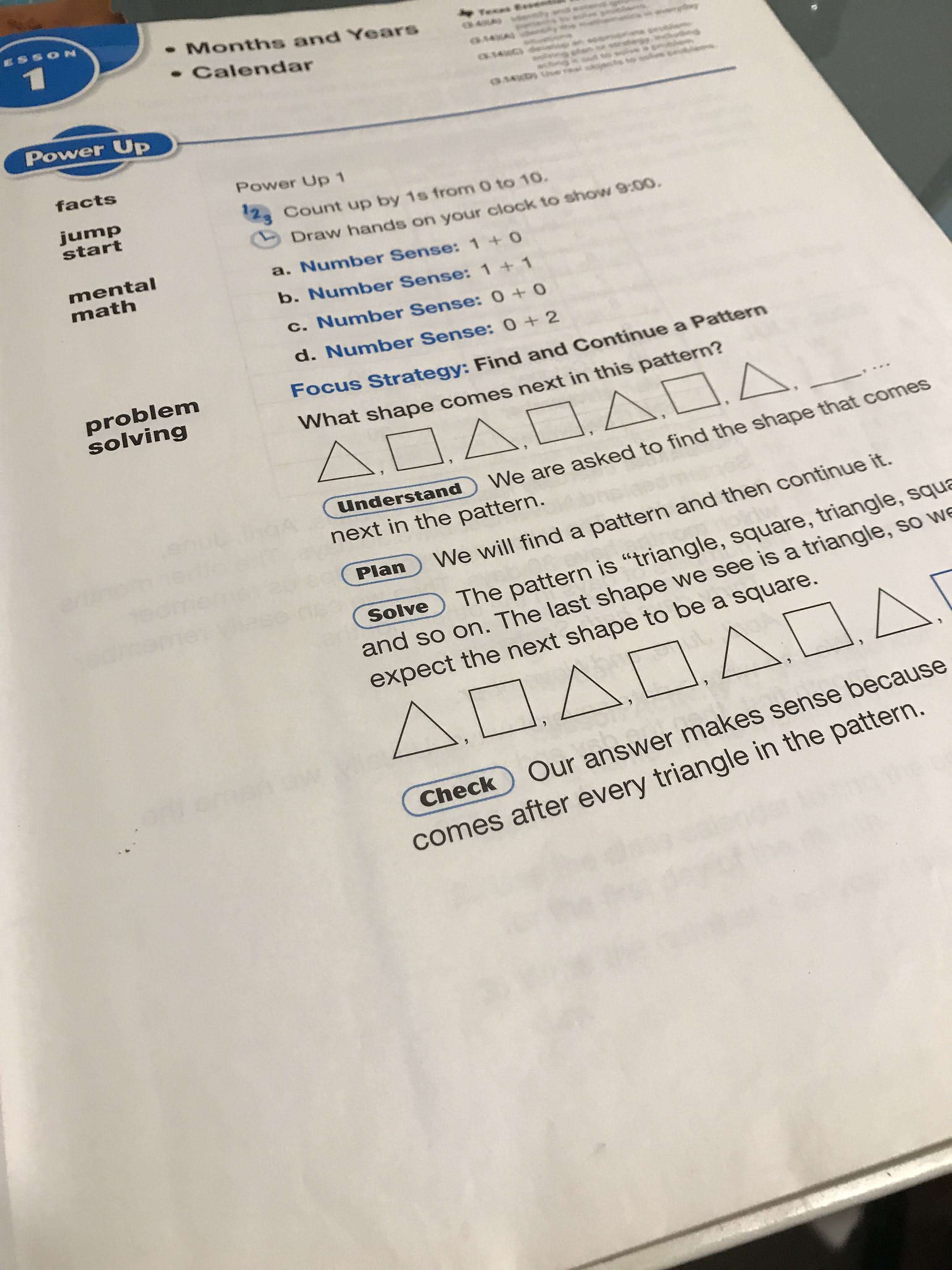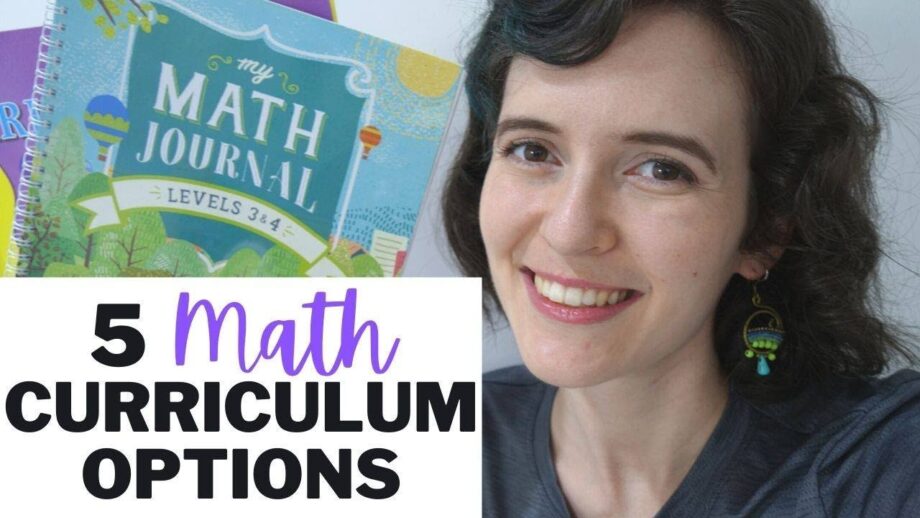Saxon Math and The Good and the Beautiful are both popular homeschooling curriculums with distinct teaching approaches and philosophies. Saxon Math emphasizes incremental learning and consistent practice, while The Good and the Beautiful focuses on literature-based, holistic education.
Each program has its own strengths and weaknesses, so it’s important to consider your child’s learning style and educational goals when choosing between the two. Saxon Math provides thorough, step-by-step instruction and repetitive practice, which can benefit students who thrive on routine and repetition.
On the other hand, The Good and the Beautiful offers a diverse range of subjects, incorporating literature, nature study, and art, promoting a more well-rounded education. Ultimately, the decision between Saxon Math and The Good and the Beautiful will depend on your child’s individual needs and your family’s educational values.
Background On Saxon Math And The Good And The Beautiful
Saxon Math and The Good and the Beautiful are two popular curriculum choices for homeschooling families. Each program offers unique approaches to teaching math and other subjects, catering to the diverse needs of students. To make an informed decision about which curriculum is the best fit for your child, it’s crucial to understand the background and founding principles of Saxon Math and The Good and the Beautiful.
History And Founding Of Saxon Math
Saxon Math was developed by John Saxon, a former Air Force officer, who believed in a back-to-basics approach to teaching math. In the 1980s, Saxon published his first math textbook, which focused on incremental learning and constant review to solidify concepts. This approach gained popularity among both homeschoolers and traditional educators, leading to the widespread adoption of Saxon Math in schools across the United States.
Overview Of The Good And The Beautiful Curriculum
The Good and the Beautiful curriculum was founded by homeschooling mother and author, Jenny Phillips. It was inspired by her desire to create beautiful, comprehensive, and faith-based educational materials for her children. The curriculum covers a wide range of subjects, including language arts, science, history, and art, with a focus on engaging and creative learning experiences. The Good and the Beautiful curriculum emphasizes character development and a well-rounded education, making it a popular choice among homeschooling families seeking a holistic approach to learning.

Credit: hslda.org
Curriculum Structure And Approach
When choosing a math curriculum for your child, it’s essential to consider the structure and approach used in the materials. Saxon Math and The Good and the Beautiful both have unique methodologies in teaching mathematics. Let’s delve into the curriculum structures and approaches of each program to help you make an informed decision.
Saxon Math: Traditional Approach And Structure
Saxon Math embraces a traditional approach to teaching math, focusing on incremental development and continual review throughout each level. The curriculum incorporates repetitive practice and cumulative assessments to reinforce concepts and skills. A typical Saxon Math lesson includes a warm-up, new concept introduction, practice problem sets, and mixed practice. The systematic and sequential nature of Saxon Math aims to build a strong foundation in mathematical proficiency.
The Good And The Beautiful: Integrated And Multi-sensory Approach
The Good and the Beautiful takes a distinct integrated and multi-sensory approach to math education. This curriculum combines various subjects, such as art, literature, and music, with math to create a holistic learning experience. The multi-sensory approach engages different learning modalities, incorporating visual, auditory, and kinesthetic elements to cater to diverse learning styles. The Good and the Beautiful also emphasizes character development and gratitude, promoting a wholesome learning environment for students.
Teaching Methodology And Effectiveness
When it comes to choosing a math curriculum, considering the teaching methodology and effectiveness is crucial. Saxon Math and The Good and the Beautiful are two popular options among educators and homeschooling parents. Let’s explore how their teaching approaches differ and the effectiveness of each.
Saxon Math: Emphasis On Repetition And Practice
Saxon Math is known for its emphasis on repetition and practice to master mathematical concepts. The curriculum follows a step-by-step approach, with each lesson building upon the previous one. Students are required to review and reinforce their learning through daily practice and regular assessments. The focus on mastery helps build a strong foundation in mathematics, making it an effective choice for students who benefit from repetitive learning.
The Good And The Beautiful: Hands-on And Literature-based Teaching
On the other hand, The Good and the Beautiful adopts a hands-on and literature-based teaching approach. This curriculum integrates beautiful literature and real-life application into math lessons, making the learning experience more engaging and meaningful for students. By incorporating activities and hands-on experiences, it aims to foster a love for learning and deeper understanding of mathematical concepts.
Suitability For Different Learning Styles
Saxon Math and the Good and the Beautiful cater to different learning styles, offering diverse approaches to teaching. While Saxon Math emphasizes repetition and written practice, the Good and the Beautiful incorporates visual and auditory elements, making it more suitable for students with diverse learning preferences.
Saxon Math: Addressing visual and auditory learnersSaxon Math: Addressing Visual And Auditory Learners
Saxon Math excels in addressing visual and auditory learners through its comprehensive approach. With its use of visual aids, such as diagrams and illustrations, complemented by clear explanations and audio-visual resources, Saxon Math effectively caters to the needs of visual and auditory learners. This method ensures that learners who thrive through visual and auditory stimuli are engaged and well-supported in their learning journey.
The Good And the Beautiful: Catering to kinesthetic and tactile learnersThe Good And The Beautiful: Catering To Kinesthetic And Tactile Learners
The Good And the Beautiful stands out in its ability to cater to kinesthetic and tactile learners. Through hands-on activities, interactive learning experiences, and manipulatives, this curriculum creates an environment conducive to the needs of kinesthetic and tactile learners. By incorporating movement and touch-based learning techniques, it ensures that every learner, especially those who thrive through physical interaction, is provided with effective and engaging educational experiences.
Parental And Teacher Support For Implementation
Parental and teacher support for implementation is crucial to the success of any curriculum. Both Saxon Math and The Good and the Beautiful offer resources and communities to support educators and parents in effectively implementing their programs.
Saxon Math: Resources And Support For Educators And Parents
The Good And The Beautiful: Community And Resources For Implementing The Curriculum
Frequently Asked Questions Of Saxon Math Vs The Good And The Beautiful
What Are The Key Differences Between Saxon Math And The Good And The Beautiful?
Saxon Math emphasizes traditional methods and repetition, whereas The Good and the Beautiful focuses on hands-on activities and engaging lessons. Both offer solid math curriculum, but their approaches are distinct.
How Do Saxon Math And The Good And The Beautiful Cater To Different Learning Styles?
Saxon Math accommodates visual and auditory learners through its structured approach, while The Good and the Beautiful appeals to tactile and kinesthetic learners with its interactive and multi-sensory teaching methods.
Which Curriculum Is More Suitable For Homeschooling – Saxon Math Or The Good And The Beautiful?
Saxon Math is well-suited for homeschooling due to its comprehensive textbooks and support materials, while The Good and the Beautiful’s open-and-go format and engaging activities make it a popular choice for homeschooling families.
Conclusion
Ultimately, both Saxon Math and The Good and the Beautiful have their strengths and weaknesses. It ultimately depends on individual student needs and learning styles. For a more traditional approach, Saxon Math may be the ideal choice, while The Good and the Beautiful offers a more holistic approach to learning.
Evaluating your child’s needs and learning style is key in making the right decision.
